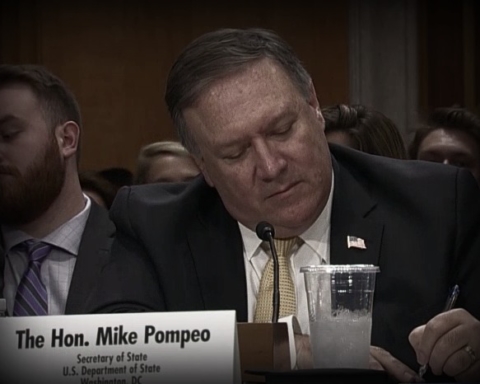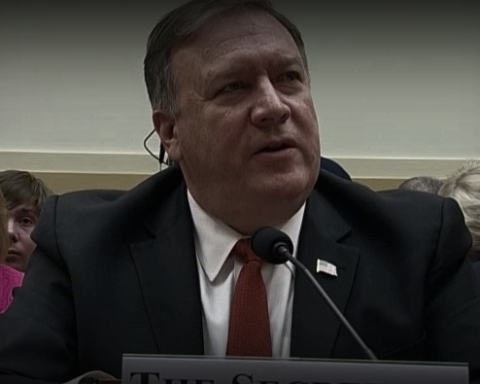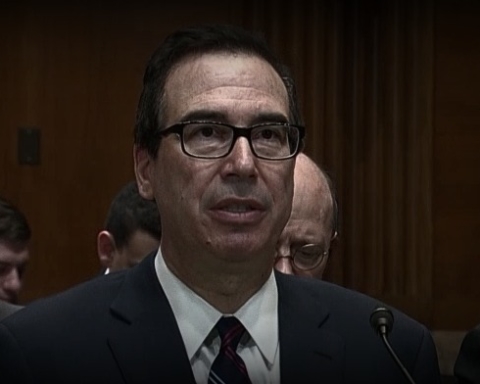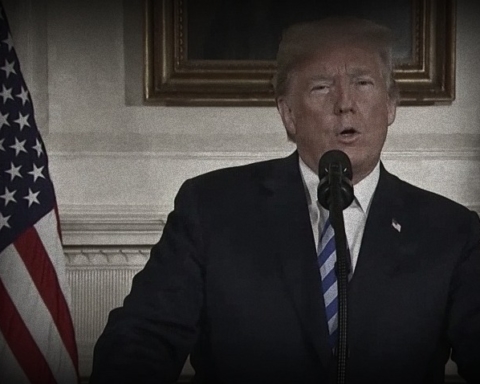As angry residents continued to protest the construction of a new US military base in Okinawa, Secretary of Defense Ashton Carter met with his Japanese counterpart on Wednesday in hopes of relieving some of the local tensions.
During a press conference with Japanese Minister of Defense Gen Nakatami, Carter talked about moves the Pentagon is making to “take some of the pressure off of certain location in Okinawa.” He said the US military is returning land and assets to the local population, which has frequently demonstrated against the US military presence since 1995, when two US servicemen allegedly kidnapped and raped a 12 year-old girl.
In response to the growing agitation, Tokyo and Washington are in the process of relocating the Futenma military base—home to roughly half the US troop presence in Japan—to Okinawa’s Henoko Bay.
Those plans, however, hit a snag late last year following the election of peacenik candidates aligned with the Communist Party. Those politicians rose to success on a platform of ridding Okinawa of US troops. Newly elected Okinawa Governor Takeshi Onaga is threatening to stop construction of the new base near Henoko, which is slated to cost $8.6 billion.
Carter floated the prospect of a new base in Guam, which could further alleviate the troop presence in Okinawa.
The Japanese Defense Secretary, however, said his government was still committed to the relocation plans, regardless of the agitation at the local level.
“In terms of relocation to Henoko, in avoiding the continued use of Futenma, we agreed once again that this is the only solution,” Nakatami told reporters on Thursday. He added that the government was “going to make sure that we take the optimal way to conserve the natural environment in moving forward with this construction work.”
Last month, Governor Onaga ordered local builders to halt construction on a new runway for the US airbase. He cited environmental concerns, and local officials told The Guardian, that the project was already damaging the site’s coral reef system.
But Tokyo has, so far, ignored the demands coming out of Okinawa—even as protests continue to escalate. On Tuesday, a demonstrator was arrested outside the construction site for assaulting two Japanese police officers. According to reporting from the US military, Marines exiting and leaving the base are often pelted with eggs, and forced to bustle through hundreds of shouting protesters.
A poll released this week by the Okinawa Times, one of the two largest newspapers in the prefecture, found that more than 76% of residents opposed construction of a new US base near Henoko. That same poll showed an 83% approval rating for Governor Onaga, who’s spearheading opposition to the base.
The battle between Onaga and the government in Tokyo, which is committed to strong US military ties, has put Pentagon officials in a bind. The administration is currently heavily touting its Asian Pivot—its response to China’s growing economic and military influence.
Earlier this week at a speech in Arizona, before setting off to Asia, Carter hailed the strategic importance of the Trans-Pacific Partnership. He described the free trade agreement–involving Japan, Vietnam, Australia, Brunei, Malaysia and New Zealand—as being “as important to me as another aircraft carrier.”
Despite the local troubles in Okinawa, the Pentagon still has the support of Japanese Prime Minister Shinzo Abe. During a meeting on Thursday, Abe “assured Secretary Carter of Japan’s continued support of the bilateral realignment of US forces in Japan, including the Futenma Replacement Facility,” according to a readout of the meeting released by the Department of Defense.






